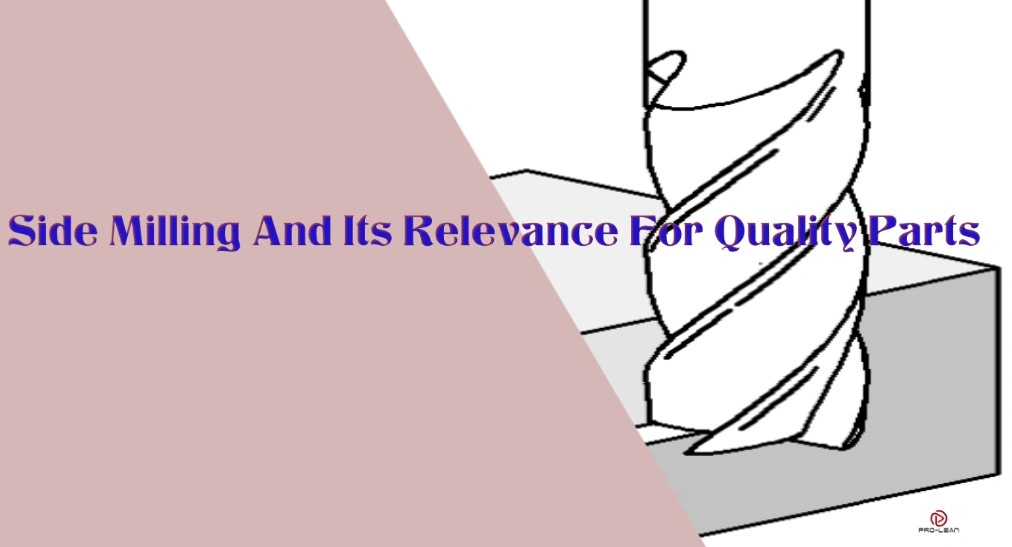
Side milling
Side milling entails a special cutter removing material from a workpiece’s side. The cutter moves along the side of the workpiece as it rotates and machines material. This milling method can create simple flat surfaces or complex profiles.
Like other machining operations, the side milling operation involves the cutter, holding mechanism, cooling system, and control system, among other components. Variations of cutters – flat milling, toothed tooth, and interlocking, among others -make it possible to achieve different side milling results.
While this process presents vibrations and tool wear, it is flexible, efficient, and produces a superior surface finish. Of course, you need the input of a seasoned CNC manufacturer to be assured of these results.
With world-class 3, 4, and 5-axis CNC milling services, ProleanTech can deliver your parts within a day with tolerances as low as ±0.0002″ (0.005mm). Custom side milling is available for your special complex projects.
Now, what is side milling all about in more detail?
How Side Milling Works to Deliver High-Precision Parts for Your Business
An effective side milling process combines the right equipment and systematic steps. The process entails setting up the milling equipment, running the milling machine, and completing the process, for instance, with surface treatment.
Setting Up The Side Milling Equipment
This is the first step of the side milling process. We choose the correct cutter and mount it on the machine spindle.
This is also the stage where we clamp the workpiece on the worktable. These two actions ensure accurate contact between the workpiece and the cutter. We ensure the two are firmly held to prevent chatter during the machining process.
The Side Milling Step
Before the machine setup, there should be a design path for the cutter to follow. So, as the cutter engages the workpiece, it starts cutting following a predesigned path.
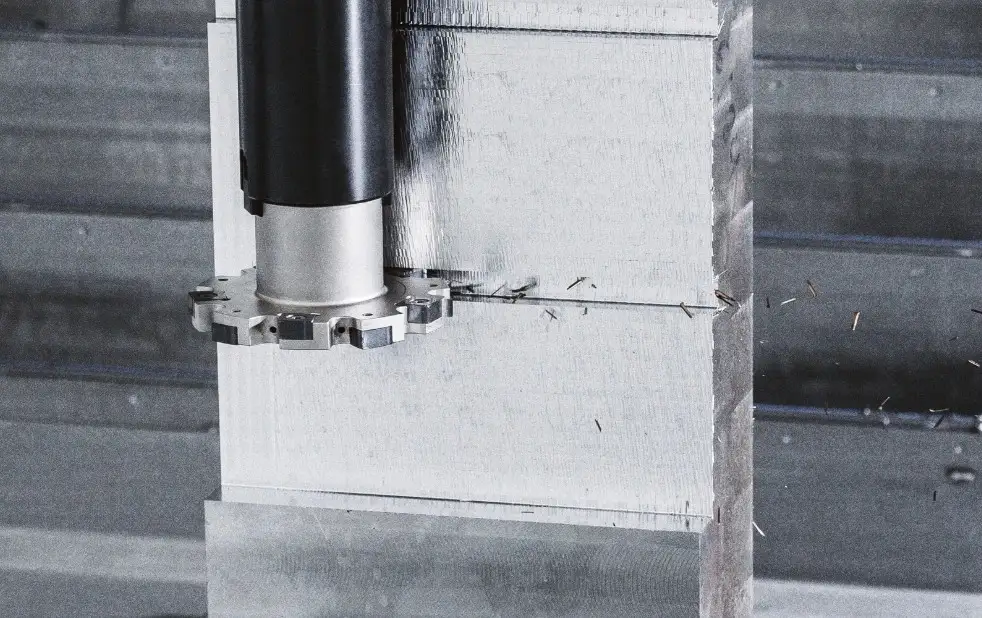
Side milling process
As the image above shows, the side milling cutter is perpendicular to the workpiece, making the material removal efficient. Since it is perpendicular to the workpiece axis, the formation of the side profile is accurate.
The side milling method can be conventional or climb type. Conventional side milling is whereby the feed and cutter directions are opposite to each other. The side milling process is considered climb type when the feed and cutter directions are the same.
Essential Side Milling Machine Parts For Precision and Consistency
The side milling technique applies to different materials and applications. That’s because the CNC machine on which it is performed has the components designed to deliver quality promptly.
Different parts or components of the machine play important functions in the side milling process. These include the spindle, worktable, and arbour, among others.
The Spindle Of The CNC Side Milling Machine
The spindle is the heart of the CNC milling machine. It carries the rotating assembly, which houses the side milling cutter. This component rotates at high speed, and it must withstand strong forces generated during milling.
The Worktable
The worktable supports the workpiece during the side milling process. It normally has T-slots for clamps or any other support for the workpiece.
The Overhanging Arm
The overhanging arm or overarm of the milling machine is part of the support for the cutting tool in horizontal milling machines.
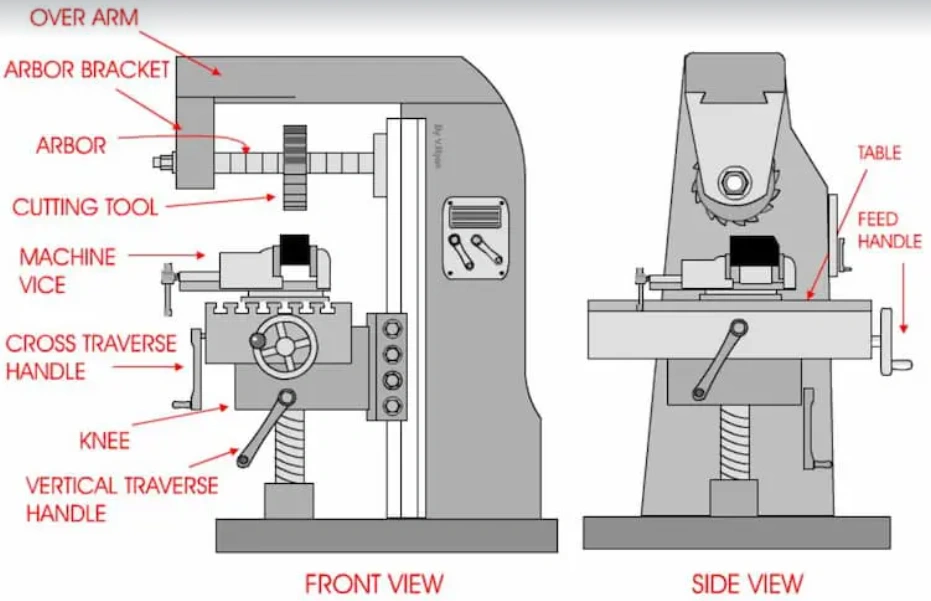
A horizontal milling machine
The Arbor
This is the component that holds the mill cutter. It is cylindrical and sturdy to support milling cutters of different sizes. The arbour bracket is removed to change or remove the tool. The spacers also need to be removed.
The Column
The column is the backbone of the milling machine. Usually made of cast iron, this robust component carries two main parts of the milling machine – motor and spindle.
The Base For Overall Safeguard
The base is a crucial part of every milling machine, and it has a sturdy cast iron structure at the bottom of the machine. It provides support to the other components and dampens vibrations.
Some milling machines may also have their coolant reservoirs in this section. Generally, the base is essential for the milling process’s safety, functionality, and precision.
Try Prolean Now!
The Types Of Side Milling Cutters We Use to Deliver Quality Results
Milling cutters come in different designs to achieve diverse machining products that suit even custom requirements. The common ones include slab mill cutters, plain milling cutters, staggered-tooth cutters, and concave milling cutters.
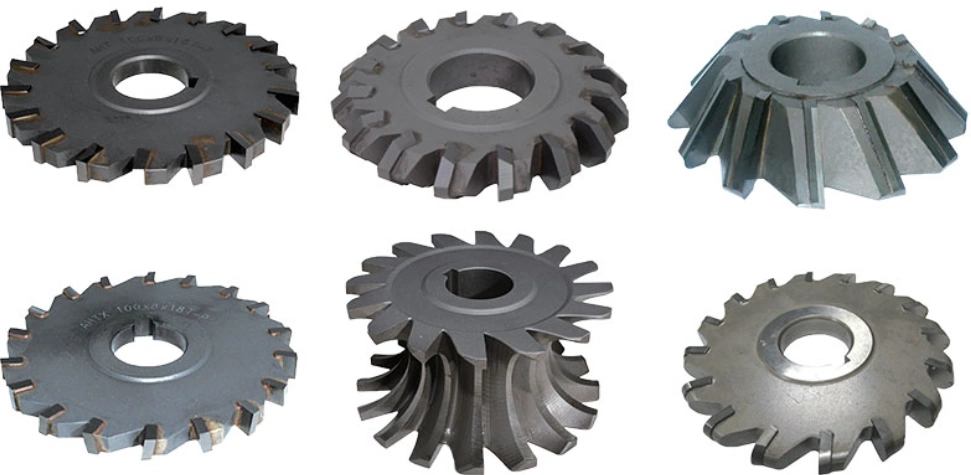
Types of side milling tools
ProleanTech knows which of these cutters to apply when we see your design. We dont take time considering which approach to take because we are highly experienced. You can even ask to get your side-milled part within a day, complete with close tolerances and a perfect surface finish.
Slab Mill Cutter
The other name for a slab mill cutter is a surface milling cutter. With its straight or helical teeth, this cutter is excellent for small projects.
Plain Side Milling Cutter
A plain milling cutter is perfect for creating flat surfaces on the workpiece. It does so easily because the cutter’s axis is parallel to the workpiece’s surface.
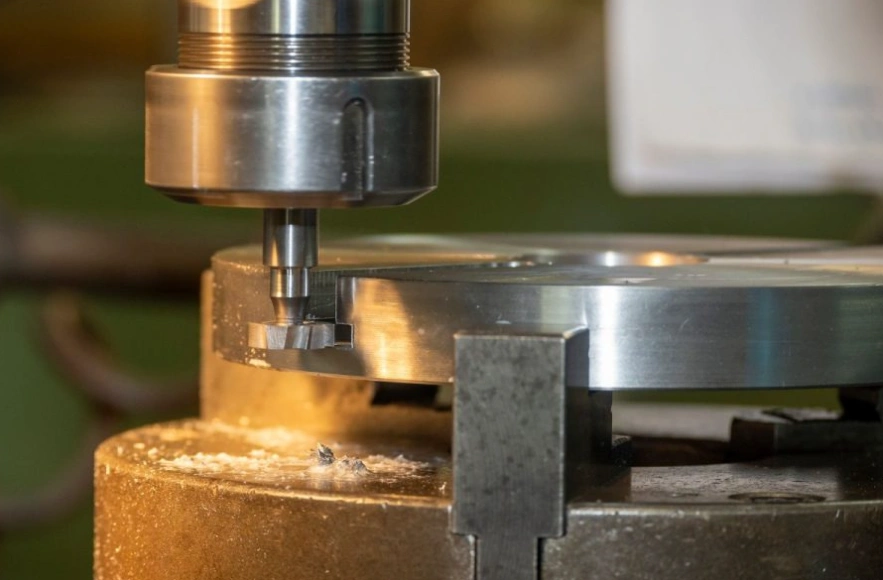
Plain side milling
Because the plain milling requirements can vary based on the project, expect to find different sizes of these cutters. For instance, a wide plain milling cutter can be preferable for fast material removal.
Angular Milling Cutter
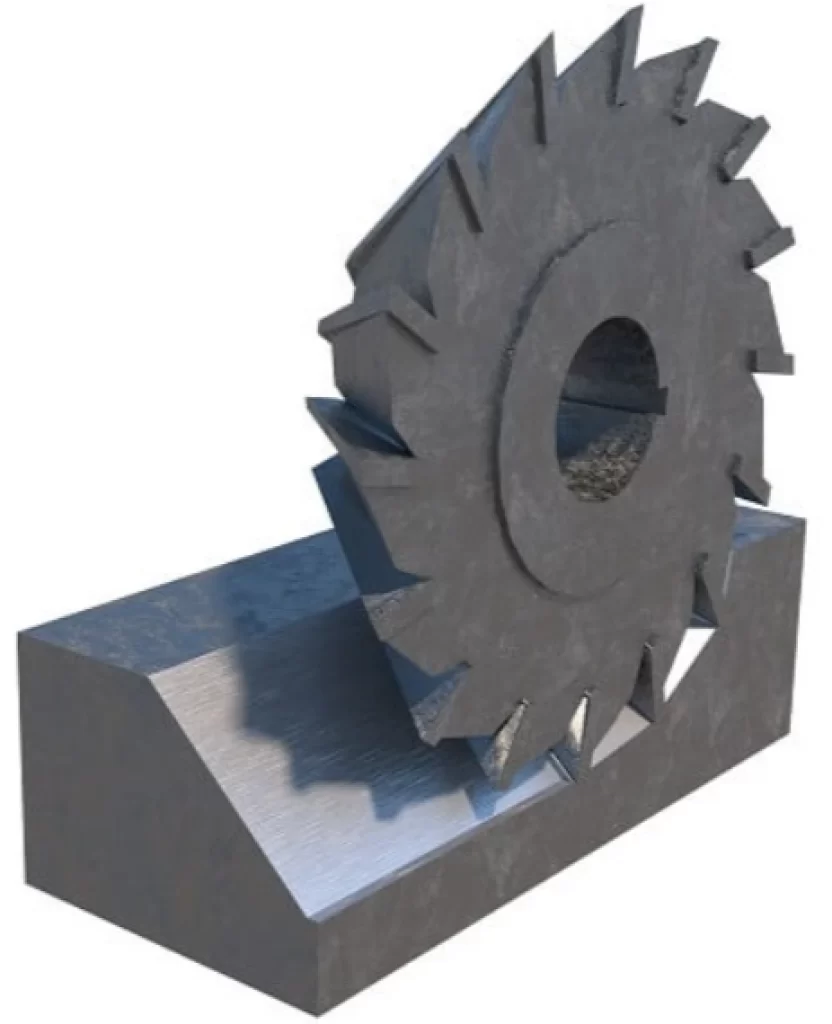
Angular side milling
Alt text: An image of an angled cutter with sharp teeth machining the side of a metal block, forming a chamfer in angular side milling
We use an angular milling cutter when creating chamfers or channels on a workpiece. The rotational axis of this cutter is parallel or perpendicular to the workpiece surface during the milling operation.
Form Side Milling
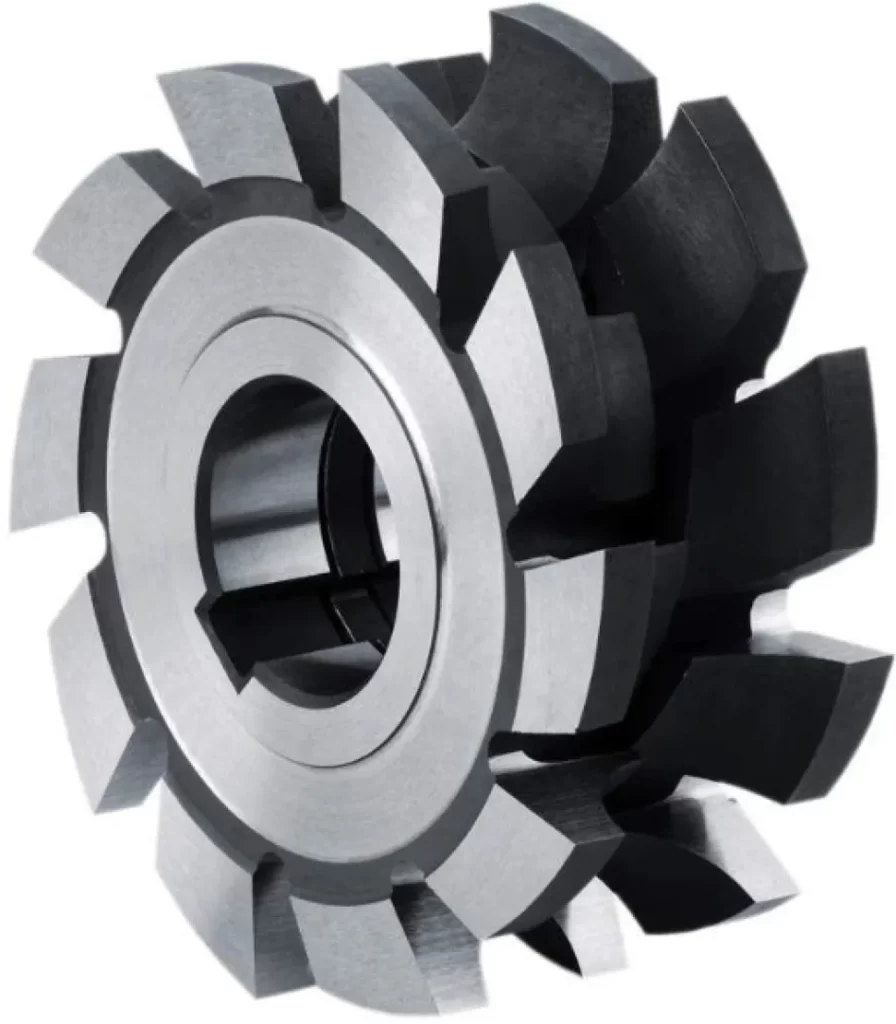
A form milling cutter
Form-side milling is perfect when aiming to machine complex contours in the workpiece. This type of side milling is relatively more complicated, hence it also tends to be more expensive.
That’s not to say it necessarily takes long to perform. Since the cutter design is complex, the contour is often created in a single pass.
Gang Milling
In gang milling, several milling cutters of different diameters are mounted together to create several surfaces. The spindle RPM is based on the cutter with the largest diameter, while the feed rate depends on the cutter with the fewest teeth.
Straddle Side Milling
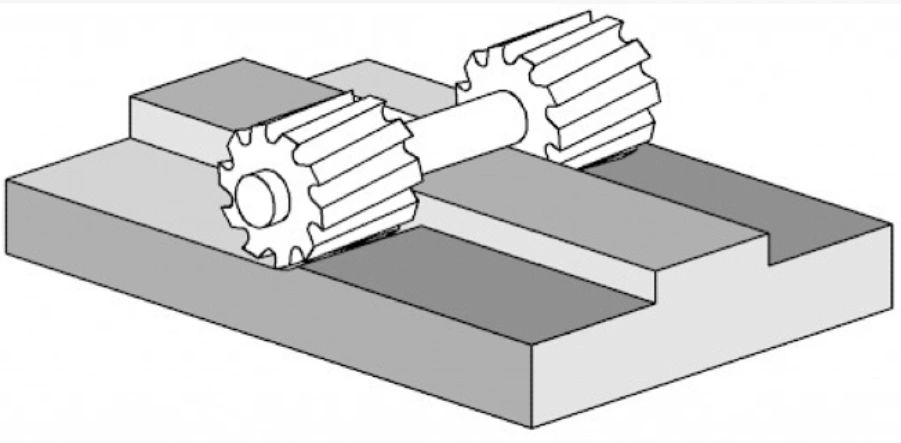
Straddle milling
When the number of milling cutters mounted are restricted to two, you have straddle milling. This cutter setup is perfect for generating a pair of vertical surfaces on the workpiece.
Try Prolean Now!
Where Our Side Milling Delivers Results: From Automotive to Aerospace Components
Precision side milling is popular across industries, and its benefits of accuracy, versatility, complexity, and cost-effectiveness help create valuable parts. ProleanTech capitalizes on these benefits by applying advanced milling machinery and using seasoned machinists to provide different types of milling operations.
You can easily identify our side-milled parts due to their tolerances of as low as ±0.0002″ (0.005mm). The surface finishes on these parts are remarkable, and the repeatability of the results is evident.
We have clients in many industries, including the following:
Aerospace – Tight Tolerances And Intricate Geometries
The aerospace requires parts of the highest accuracy and very complex shapes. Side milling is ideal for manufacturing parts that meet these requirements. Examples of components that apply this machining technique are turbines, brackets, and fuselage sections.
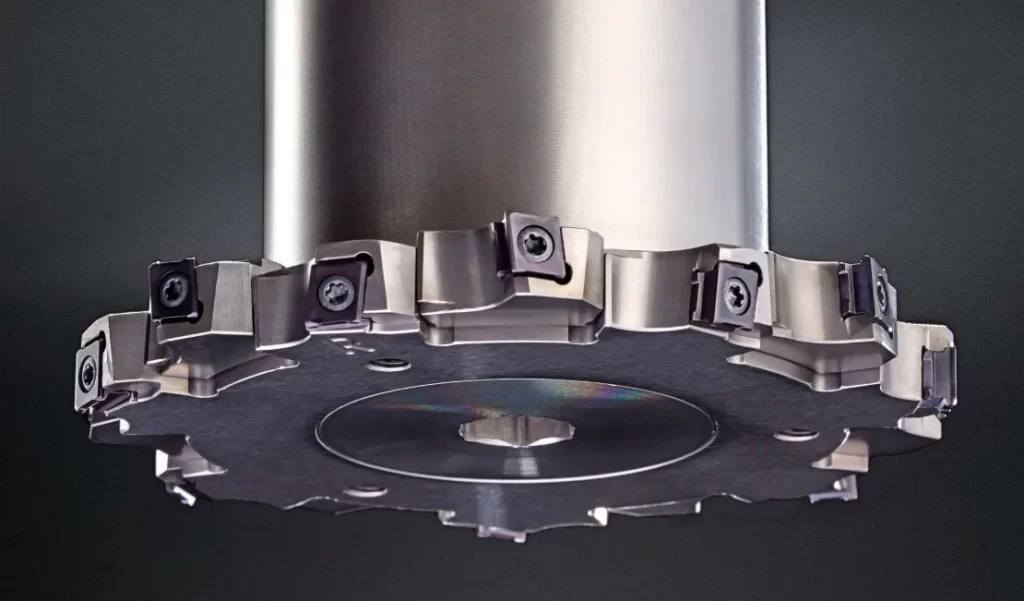
A side milling cutter for aerospace
Turbines have unique contours and profiles that can only be machined by special cutters. Side milling cutters can produce intricate shapes and operate at the recommended machining speeds.
The fuselage panels require sizable features, as well as some complex and other standard designs. The versatility of the side milling cutter comes in handy when machining those shapes in the material.
Automotive For Transmission, Engine, And More
The automotive industry is another popular user of side milling. Many parts are machined using this reliable technique.
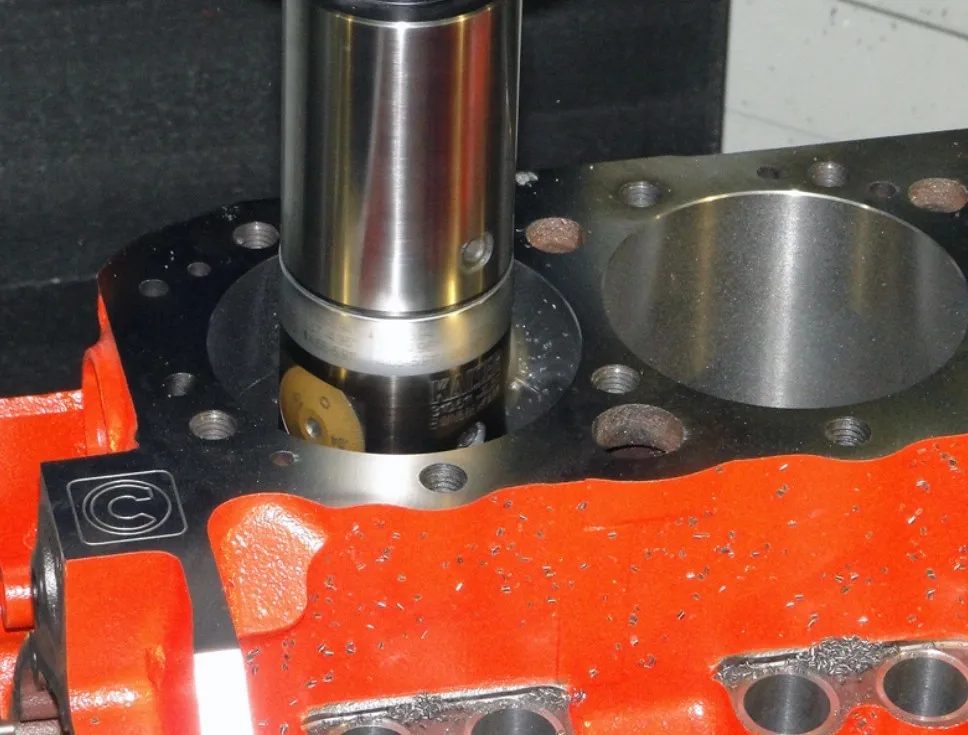
Side milling for the engine block
The flat vertical surfaces of engine blocks, parallel surfaces in intake manifolds, and side faces of connecting rods are only a few examples of components made through side milling.
Many Applications In Industrial Machinery
Side milling is widely used in industrial machinery for slots, flat surfaces, grooves, recessed features, and many other areas. The precise machining synonymous with this technique is valuable for this space.
We can side-mill specific components for industrial machinery, including engine mounts, gearboxes, conveyor supports, and machine tables.
Die And Tool Applications
The dies and tooling industry equally depends on the precision and versatility of CNC milling services. This applies to products such as stamping dies and plastic injection moulds.
When done professionally, side milling for dies and tools delivers high tolerances and repeatable products that offer value for money.
You can contact ProleanTech for the most advanced CNC milling services for your mould inserts, punches, jigs & fixtures, die plates, and many other products.
Side-Milling For The Energy Industry
The energy sector largely uses sizable parts and components that must meet tight tolerances and precision requirements. It, therefore, is understandable that side milling would be used extensively to machine these parts.
Side milling provides the customization and accuracy elements required for critical projects in the energy industry. Consider components such as guide vanes in hydropower, gearbox components for wind energy systems, and valve blocks in power plants.
All these and many others are large, yet they must be produced to the closest tolerances possible. The surface finishes and material compatibility must be catered for. Side milling by an experienced team can deliver these requirements for this industry.
Choosing the Best Method: How Side Milling Compares To Common Machining Alternatives
Side milling is a distinct machining method, but it can sometimes be confused with end milling and plain milling. The types of surfaces and the orientation of the axes are some ways to differentiate these processes.
Let not the terminologies confuse, for instance, in regards to plain side milling. For plain milling, the cutter’s axis is typically parallel to the workpiece surface. Moreover, the periphery of the tool does the cutting in this case.
Plain side milling is fundamentally different because the axis of the cutting tool is perpendicular to the material’s surface. The teeth of the cutting tool are usually on the sides.
For a clearer distinction between the three processes, let’s look at a comparison table below.
| Element | Side milling | End milling | Plain milling |
| Cutting area | Side | End and side | Surface |
| Shape of the teeth | Teeth on the side | Teeth on the end and side | Cylindrical |
| Precision level | Good | Good | High |
| Setup complexity | Medium | High | Low |
| Common use | Edges and shoulders | Intricate shapes | Extensive flat surfaces |
Conclusion
Side milling is accurate and versatile, helping shape parts for different industries. Clients from automotive to medical and automotive to defence source parts of different complexities from us.
By understanding this process and how we execute it to produce different parts, you can make better decisions for your next project.
You don’t have to struggle to find the best CNC machined parts, no matter what your industry is. Our side milling and other machining processes are renowned across industries. The testimonials about our CNC milling services and our credentials are proof of the high-quality milling solutions we provide.
Call us today with your milling requirements and request an instant quote!


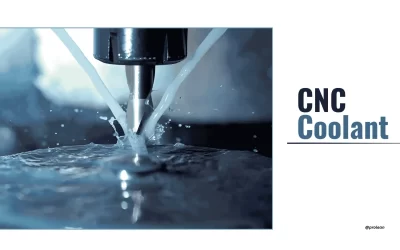

0 Comments